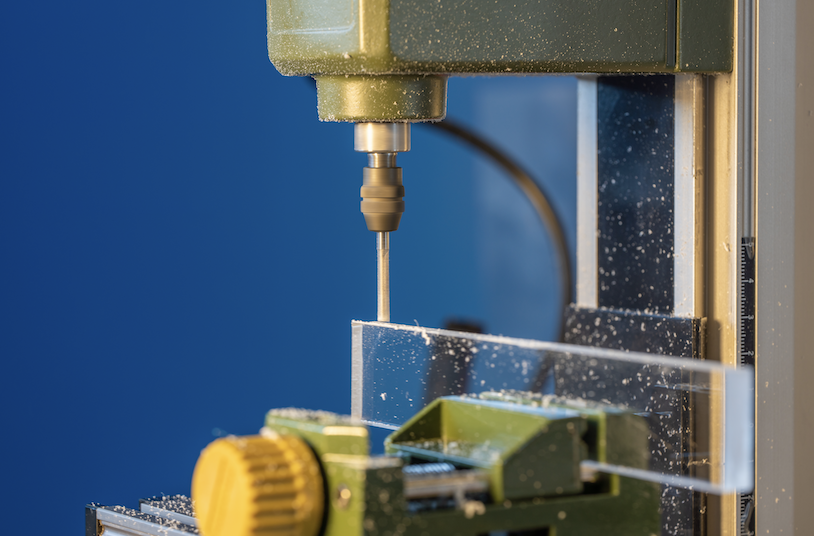Understanding Plastic Fabrication: A Deep Dive
Understanding Plastic Fabrication: A Deep Dive
Blog Article

Plastic fabrication is the process of designing plastic products using various methods. This industry plays a crucial Plastic Fabrication role in various sectors, including automotive and packaging. In this article, we will explore the key aspects of plastic fabrication, covering its types, industries it serves, and benefits.
Types of Plastic Fabrication
There are several popular methods for fabricating plastic, each designed for specific purposes. These include:
- Thermoforming: Warming plastic sheets to form desired shapes.
- Injection Molding: Forcing molten plastic into a die to create custom parts.
- Blow Molding: A process used for tube-like plastic products, such as bottles.
- Extrusion: Shaping plastic by pressing it through a mold.
- CNC Machining: Shaping plastic with computer-controlled machines.
Applications of Plastic Fabrication
Plastic fabrication is used in numerous industries, including:
- Medical: Production of medical devices.
- Automotive: Creating lightweight, durable vehicle parts.
- Electronics: Producing casings, circuit boards, and insulation materials.
- Packaging: Designing plastic containers for consumer goods.
- Construction: Creating PVC pipes, insulation panels, and structural components.
Why Choose Plastic Fabrication?
There are several key benefits to plastic fabrication, including:
- Cost-Effectiveness: Lower material and production costs.
- Durability: Able to withstand chemicals.
- Flexibility: Easily molded into different shapes and sizes.
- Lightweight: Perfect for transportation applications.
- Recyclability: Environmentally friendly material options.
Final Thoughts
Plastic fabrication is a essential process that drives innovation across many industries. With developments in materials, the potential of plastic fabrication continues to grow. Whether in healthcare, the impact of plastic fabrication cannot be understated.
Report this page